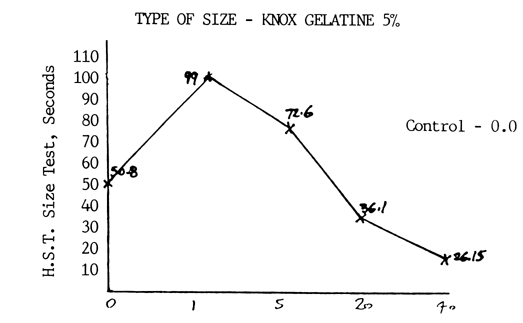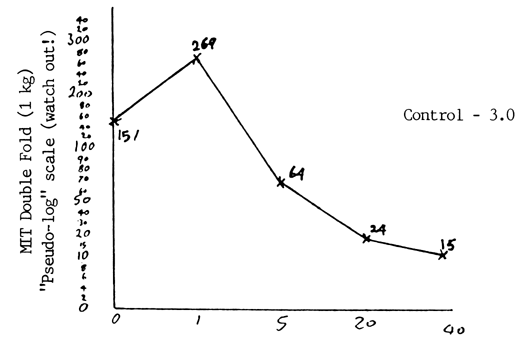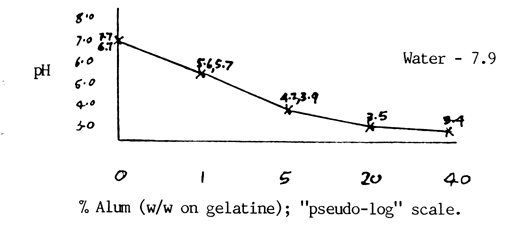

I was there for both weeks, and wrote a newsletter every other day or so for participants about local events, and I still can't describe it easily. It is a summer camp/ graphic arts fair/summer school that has begun meeting in a different place each year, after five seasons at Oxbow in Michigan. This year it met at a summer camp/retreat/small-convention site in the country outside Minneapolis; next year it will be at Ghost Ranch, a Presbyterian conference center outside Santa Fe.
The people who come are in graphic arts and conservation: papermakers, paper artists, printers, calligraphers, printmakers, binder, book artists, conservators.... The teachers also attend classes when they are not teaching, and most of the students come prepared to teach one or more of the things they are good at. There is an equalitarian atmosphere; although people have respect and admiration for each other's knowledge and skills, they do not come there to sit at the feet of a master, or pay tuition for a course that gives college credit. They come to learn maw skills and polish old ones, enjoy the professional stimulation, see old friends, get a break from the daily grind, and renew themselves.
There were 67 participants this time, counting both weeks and all the instructors and people with PBI administrative duties. They came from 17 states, England and Ireland. Most of them (72%) were women. Among the instructors ("group leaders") were Bill Anthony, Cathy Baker, Tony Cains, Michael Gullick, Don Guyot, Hedi Kyle, Suzanne Moore, Pam Spitzmueller, and Bonnie Stahlecker. The students and visitors with familiar faces were Maria Grandinette, Tom Conroy, Louise Genest-Cote, Tim Barrett (who sat in with the groups when his administrative duties allowed him to), Allan Thenen, Simon Green, Greg Campbell, Elaine Schlefer, Julia Miller, Jesse Munn, Amanda Degener, Gary Frost, Claire Van Vliet, Kathy Hanson, Barbara Meier-James, and Fred Shihadeh. I met a number of other immensely talented people there, and was often overcome with admiration for the work I saw, and the skill and understanding of the people who did it. Still, I was content to be only a recorder of what went on, and never got the urge to join in the class activities. Ten years ago, before I made my transition from binder to writer and editor, it night have been different.
Since there were always several classes going on at a time, I couldn't cover them as thoroughly as I wanted to, but Elaine Schlefer and others helped out with written and oral reports, and by letting me copy their notes. Over the two-week period, there were classes in calligraphy-related techniques, paper mending, marbling, sizing, questions of esthetics and workmanship in bookmaking, toolmaking for bookbinding, binding for small editions, conservation enclosures, artists books and historical structures, and popup books; and there were innumerable slides shows, exhibits, demonstrations and informal discussions fitted into odd hours before and after meals. In the evenings there were guest lectures, discussions and so on for the entire group.
People brought in tools or demonstrated techniques in class. Tom Conroy demonstrated the use of the circular plow and brought in a large genealogy of American binders he is working on, showing who learned from whom. Maria Grandinette and Julia Miller had an exhibit on how Tyvek can be used in conservation and book art. It makes a beautiful surface when it is colored with paste and acrylic or acrylic alone, then wiped free of paint. It can be adhered with Jade 403 or Elvace 40-704 (used to be 1874) if you let the glue get tacky before you put it down.
Allan Thenen brought examples of paper laminated and silked using silicone adhesive, which he said was chemically stable, transparent, inconspicuous, and easily reversed with naphtha even after five or more years. He had some P & VM naphtha there and let me reverse some five-year-old bonds. The adhesive came off the paper easily, leaving no visible residue. I asked the name of it, and he said it was a generic silicone adhesive.
Someone brought in a nifty gadget for punching sewing boles in sections, accurately and all at once, and it was much used in the classes. It can be ordered from the inventor, Tim Moore, at his company, Paragon Paper Molds, PO Box 793, Albion, Michigan 49224 (517/629-4449). It is expensive but worth it, and it's pleasing to took at too, between uses.
At the end of each week, all the groups had to make a report to tell the other groups what they had been doing. The sizing groups (one from the morning, one from the afternoon) under Cathy Baker's leadership had tried out the effects of different sizes, and of different amounts of alum in the size, on the paper. They had the equipment there for testing tear, fold, pH, color and sizing effect, and since many of the people involved were professionals in papermaking (Joe Brown, Tim Barrett, Simon Green, Neal Bonham), they knew how to use it. Their report at the end of the week was full of findings, more than anyone could digest, but one of the findings was notable because it was new to everyone: alum in amounts over 1% or so in the size weakens new paper immediately. From the PBI Newsletter (#4, p.2):
The sizing groups gave out their joint nine-page report, seven pages of which were full of tables and graphs and two of which were a summary by Pam Johnson of the utility of the 31 different sizes for calligraphers. Major conclusions, bearing in mind that all the work needs to be confirmed by more carefully controlled tests, were:
1) All sizes except Hercon and Aquapel, and maybe Liquitex Acrylic Varnish and Kymene, strengthen paper.
2) All of the sizes reduce penetration of the water at least a little bit, but the following were outstanding:
3) Paper sized with Knox gelatin was stronger and less permeable to moisture with 1% alum in it than without any. (The same might have been true of the other sizes too, but none of the others were tested with that level of alum.) This confirms the experience of generations of papermakers.
4) The strength and permeability of the Knox gelatin sized papers fell off markedly as the alum content increased. 40% alum made the paper only 1/18 as strong as it was with 1%, alum.



The graph from the report that illustrates this last finding shows the effect of alum on sizing, fold endurance and pH. Although there were no facilities present for preconditioning paper before testing, and there wasn't enough time to do more than two samples for each condition, the consistency of the effect is shown by the way all three curves drop off.
Continuing with excerpts from the PBI Newsletter:
In Hedi Kyle's class, people showed their own work and looked at Hedi's conservation enclosures and her personal enclosures and artist's books. She has ways of using photocopies f or condition records for books sent out on loan--just Xerox the front cover, spine, head, tail or any critical part or pages; it can say more than words and is cheaper than a photograph. A photocopy of the spine, or the label, or front cover or title page of an old book can be made, reduced if necessary, and glued to the outside of a phase box to help identify the contents. Hedi coats the photocopy with methyl cellulose to consolidate the surface.
Before dinner... Michael Gullick showed his butterfly binding and demonstrated how to do it. (The butterfly binding is an Oriental through-the-fold technique, using four needles.) He uses it on almost all his limited edition books. No gap shows between the sections, as with link-stitch sewing. [#5, p. 31
Informal Colorimeter Demo. Joe Brown's Minolta colon-meter (the Minolta Chroma-Meter) is really neat. It contains a photo cell, filters, and a microcomputer that plot color in three dimensions, along the "a," "b," and
axes. The "a" axis is red/green; the "b" is blue! yellow, and the "L" is white/black. The light projected onto your sample is reflected into the eye of the instrument. The three coordinates can then be plotted on the color chart with Nutty Bits Breakfast Cereal or anything you please used as markers. Of course the third dimension must be visualized, since it cannot be shown on the two-dimensional chart.
This machine is very helpful if you need to match colors of paper to a standard, or to a predetermined hoe, because it lets you record a color using numbers instead of words.... [by Suzanne Ferris with Joe Brown. From #3 p. 3]
Tony discussed mending of papyrus with heat-set tissue and alcohol, and related matters, in response to a question from Julia Miller. He thought heat-set tissue was a good material for curators of papyrus collections to use if they wanted to piece together fragments, because it is such a simple and totally reversible method--far better than paste, or gummed glassine, which is used in at least two large collections. [#7 p. 2]